- -€7.46
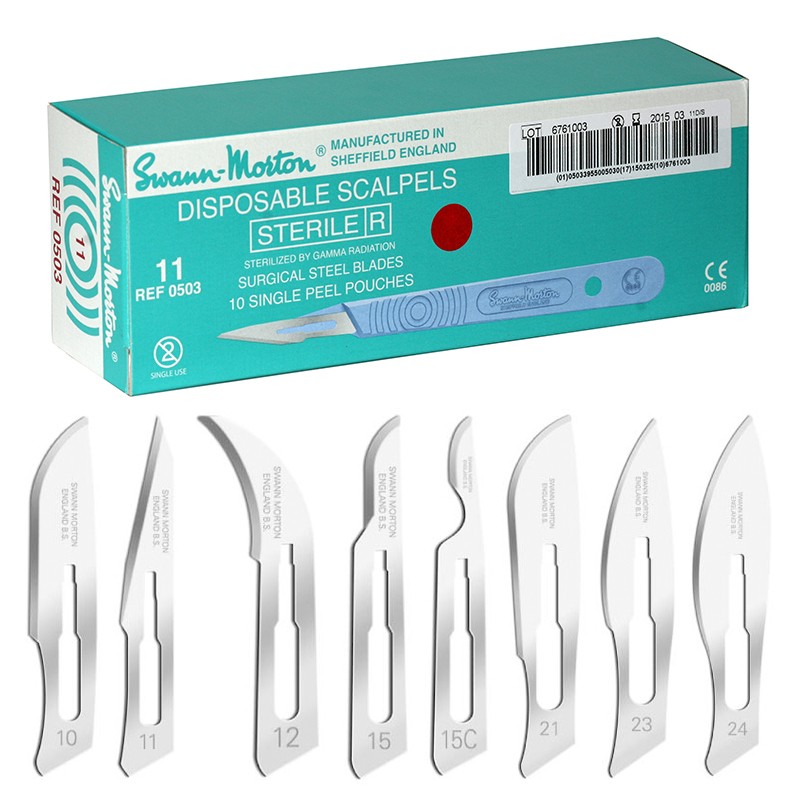


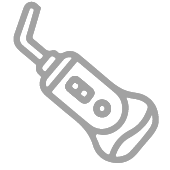
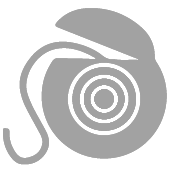


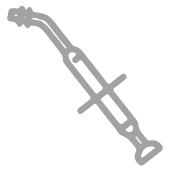
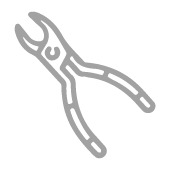
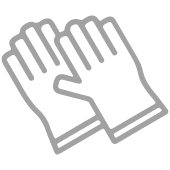
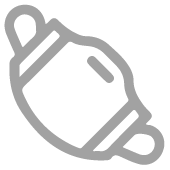
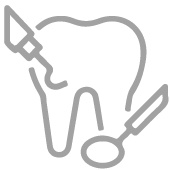
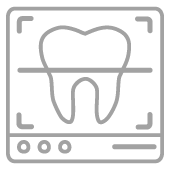
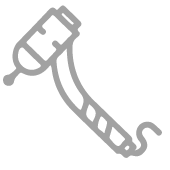

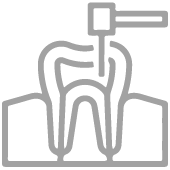
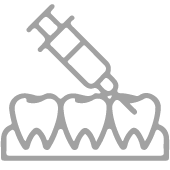


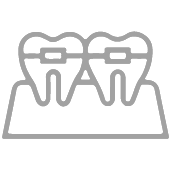
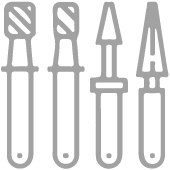



Blades with handle, disposable.
Sterile individual packaging.
10 units
Go to Description for more details
The No.10 blade with its curved cutting edge is one of the more traditional blade shapes and is used generally for making varying sizes of incision in skin and muscle. Is often utilised in more specialised surgeries such as for harvesting the radial artery during a coronary artery bypass operation, opening the bronchus during thoracic surgery, uterine incisions for a C-Section and for Inguinal hernia repair. The No.10 fits Handles 3, 3L, 3 Graduated, 5B, 7, 9 and B3.
The No.11 is an elongated triangular blade sharpened along the hypotenuse edge with a strong pointed tip making it ideal for stab incisions needed when lancing an abscess or inserting a chest drain. It is held like a pencil and often upside down by the surgeon to prevent it inadvertently being inserted too deep. To avoid this scenario the scalpel should not be held towards the back end whilst the heel of the hand should be placed on the skin thus stabilising the hand to help prevent an unwanted deep incision. The No.11 is also used for other small incisions for example when inserting a laparoscopic port, vein and artery central lines ,opening the aorta and removing calcifications in the aortic or mitral valves, anatomical dissections and surgical treatment of disorders of the foot, ankle and lower extremities in Podiatry. The No.11 blades fit Handles 3, 3L, 3 Graduated, 5B, 7, 9 and B3.
The No.12 is a small, pointed, crescent shaped blade sharpened along the inside edge of the curve. It is sometimes utilised as a suture cutter but also for arteriotomies (surgical incision of an artery), parotid surgeries (facial salivary glands), mucosal cuts on a septoplasty (repair of nasal septum) and during cleft palate procedures, ureterolithotomies (calculus removal by incision of the ureter) and pyelolithotomies (surgical incision of the renal pelvis of a kidney for the removal of a kidney stone - also known as a pelviolithotomy ). They are also be used within Dental surgery for raising skin flaps and for removing excess polymerised composite resin on the facial and interproximal region of the tooth during restoration procedures.The No.12 fits Handles 3, 3L, 3 Graduated, 5B, 7, 9, B3 and B3L.
The No.15 blade has a small curved cutting edge and is the most popular blade shape ideal for making short and precise incisions. It is utilised in a variety of surgical procedures including the excision of a skin lesion or recurrent sebaceous cyst and for opening coronary arteries. The No.15 fits Handles 3, 3L, 3 Graduated, 5B, 7, 9, B3 and B3L.
With a longer, more extended cutting edge than the traditional No.15 blade, the 15C provides additional reach for the Dentist carrying out Periodontal procedures especially when combined with the ergonomically designed B3 handle. Increasingly used by Podiatrists for nucleating corns around the webbing of the toes. Fitment No.3. Fits Handles 3, 3L, 3 Graduated, 5B, 7, 9, and B3.
The No.21 is a large version of the No.10 blade with a curved cutting edge and a flat, unsharpened back edge. Larger than the No.20 but smaller than the No.22 the No.21 fits handles 4, 4L, 4 Graduated & 6B.
The No.23 is a "leaf-shaped" blade sharpened along its leading edge. Used for making long incisions such as an upper midline incision of the abdomen during the repair of a perforated gastric ulcer.The No.23 fits handles 4, 4L, 4 Graduated & 6B.
Slightly larger than the No.23 blade, the No.24 is more semi circular in shape and is again sharpened along its leading edge. Used for making long incisions in general surgery and also in autopsy procedures the No.24 fits handles 4, 4L, 4 Graduated & 6B.

Política de seguridad

Política de envío

Política de devolución

Blades with handle, disposable.
Sterile individual packaging.
10 units
Go to Description for more details
